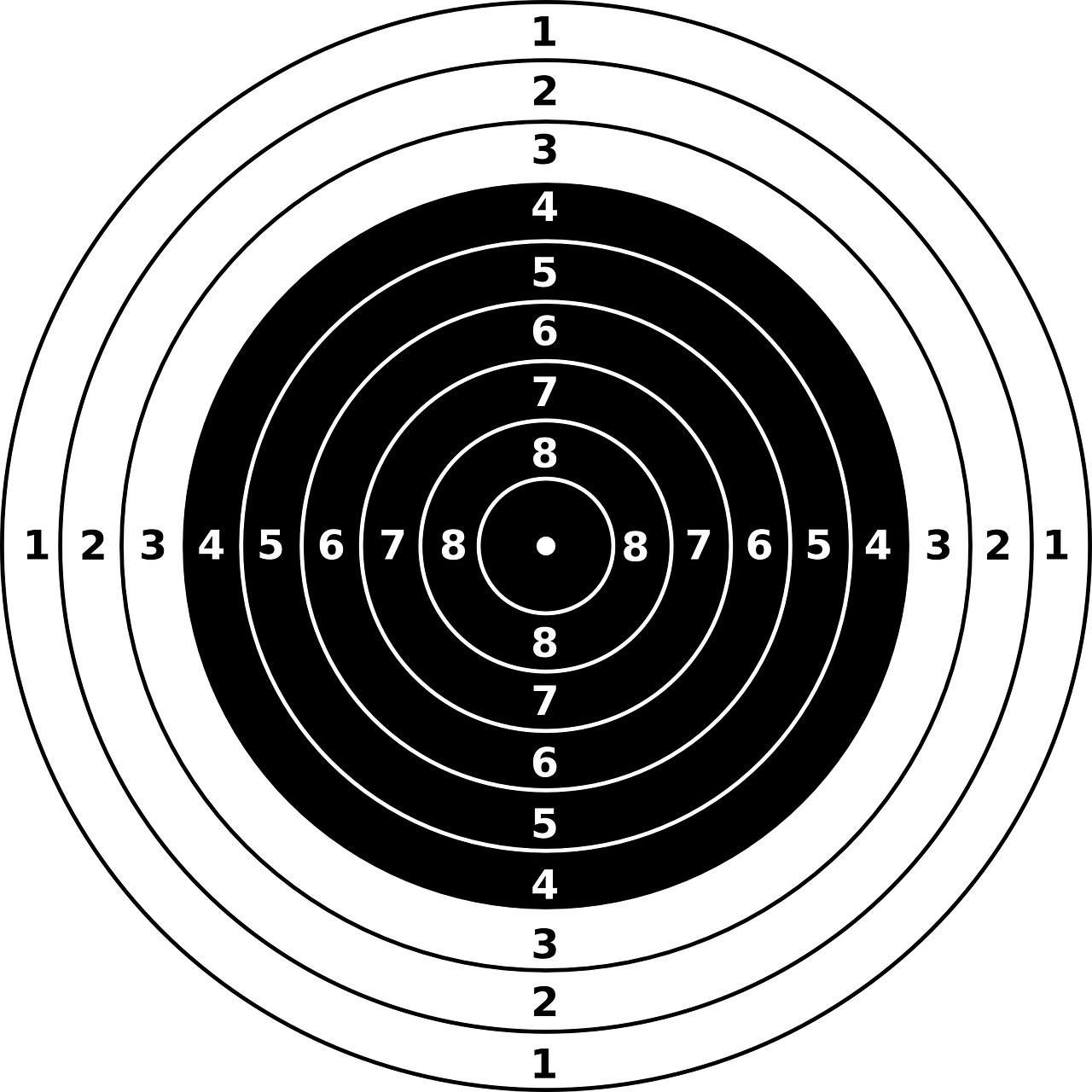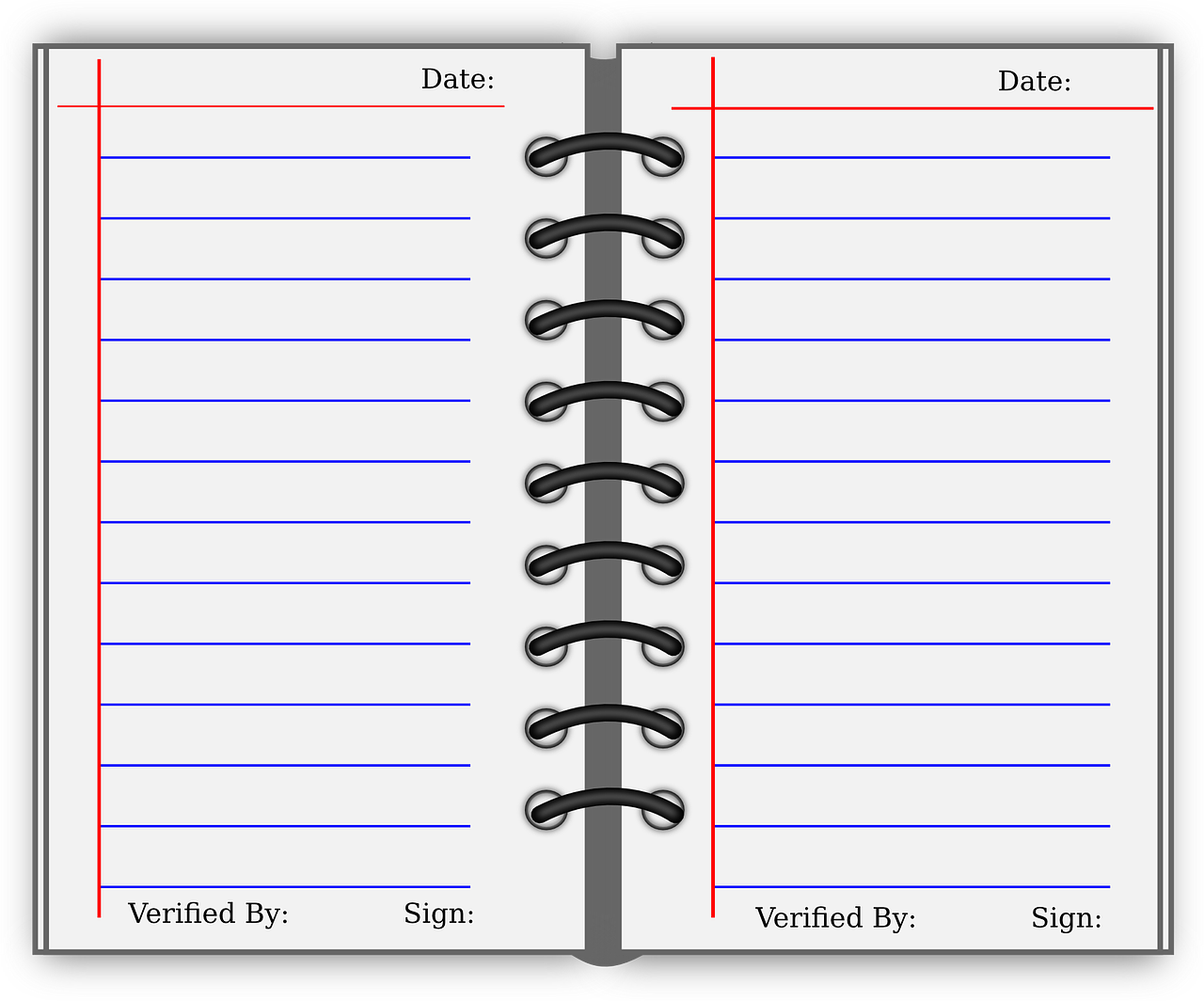Understanding handgun zeroing is crucial for anyone who uses firearms, as it directly affects accuracy and precision in shooting. Zeroing refers to adjusting the sights of a handgun so that the point of aim (where the shooter aims) aligns with the end of impact at a specific distance. This alignment ensures that when a shooter aims at a target, the bullet will accurately hit where intended, enhancing shooting effectiveness for sport or self-defense. They may need proper zeroing to consistently hit targets🎯, affecting performance and confidence in handling their handguns.
In shooting sports, such as competitive shooting or hunting, precise handgun zeroing is essential for achieving competitive scores or successfully harvesting game animals. It allows shooters to adjust accurately based on environmental conditions, such as wind and elevation, ensuring reliable shot placement over varying distances. For self-defense purposes, effective handgun zeroing can mean the difference between incapacitating a threat quickly and potentially missing vital targets under stress. By mastering the fundamentals of handgun zeroing, shooters can develop their ability to defend themselves and others in life-threatening situations, emphasizing the critical role of accuracy and precision in defensive firearm use.
Understanding handgun zeroing is pivotal in enhancing shooting skills across various contexts, including sports and self-defense. It ensures that shooters can consistently achieve accurate shot placement, improving their effectiveness and confidence with handguns. Whether for competitive shooting, hunting, or personal protection, mastering handgun zeroing enables shooters to maximize their performance and safety, emphasizing the importance of precision in firearm handling and marksmanship.
Definition and Concept of Zero Distance
Zero distance in handgun shooting refers to adjusting the firearm’s sights so that the point of impact (where the bullet strikes the target) aligns perfectly with the shooter’s point of aim (where the shooter intends to hit). This alignment ensures accuracy and precision, which are crucial for target shooting and practical applications like self-defense.
 When zeroing a handgun, shooters adjust their sights to compensate for bullet drops and other ballistic factors. The goal is to ensure the bullet consistently hits where it is aimed when aiming at a specific target. Factors influencing zero distance include the handgun’s caliber, barrel length, and ammunition type, which affect bullet trajectory and performance.
When zeroing a handgun, shooters adjust their sights to compensate for bullet drops and other ballistic factors. The goal is to ensure the bullet consistently hits where it is aimed when aiming at a specific target. Factors influencing zero distance include the handgun’s caliber, barrel length, and ammunition type, which affect bullet trajectory and performance.
Choosing the Zero Distance
Selecting the appropriate zero distance depends on the intended use of the handgun and various environmental and tactical considerations. The purpose of handgun use significantly influences zero-distance selection. For target shooting at known distances, shooters may opt for a zero distance that maximizes accuracy at that specific range. In contrast, for self-defense, where encounters can be dynamic and at varying distances, a zero distance that balances short-range precision with usability at longer distances is preferred. Environmental factors like wind, lighting conditions, and terrain also play roles in zero-distance selection, influencing how effectively the shooter can place accurate shots in different scenarios.
Methods for Zeroing a Handgun
Several methods and techniques exist for zeroing a handgun, each aiming to achieve consistent and accurate shot placement. Zeroing typically begins with shooting from a stable platform, such as a bench rest or supported shooting position. These setups minimize shooter error and isolate the handgun’s inherent accuracy. Practical shooting drills, where shooters confirm zero distance through repetitive firing and adjustments, help ensure consistency in shot placement across different conditions and distances.
Fine-tuning a handgun’s zero involves adjusting windage (horizontal alignment) and elevation (vertical alignment) on the sights. Windage adjustments move the point of impact left or right, while elevation adjustments raise or lower it relative to the end of the aim. Achieving a consistent sight picture—where the alignment of the front and rear sights remains consistent with each shot—is crucial for accuracy. This consistency minimizes the variance in bullet placement caused by shooter technique or environmental factors, enhancing overall shooting proficiency.
In conclusion, zeroing a handgun is a fundamental aspect of marksmanship that ensures accuracy and reliability in shooting sports and practical applications like self-defense. By understanding and applying the principles of zero distance, shooters can effectively adjust their handguns to achieve precise shot placement tailored to specific purposes and environmental conditions. Whether for target shooting or defensive use, the ability to zero a handgun enhances shooter confidence and proficiency, contributing to safer and more effective firearm handling.
Practical Applications of Zero Distance
Zero distance in handgun shooting finds practical applications in various contexts, influencing both defensive scenarios and competitive shooting disciplines. In defensive shooting, zero distance is critical in close-quarters combat effectiveness. It ensures that shots fired under stress hit the target accurately and decisively. For close-range encounters typical in defensive situations, a zero dista![]() nce optimized for short distances maximizes the likelihood of stopping threats effectively. This practical application underscores the importance of quick target acquisition and precise shot placement under high-pressure situations, where split-second decisions can impact personal safety.
nce optimized for short distances maximizes the likelihood of stopping threats effectively. This practical application underscores the importance of quick target acquisition and precise shot placement under high-pressure situations, where split-second decisions can impact personal safety.
In competitive shooting, zero distance varies across disciplines based on specific accuracy standards and target engagement requirements. Different shooting sports, such as bullseye, practical shooting (e.g., IPSC, USPSA), and precision shooting, may utilize distinct zero distances tailored to their respective rules and match conditions. The impact of zeroing in on match performance is profound, as competitors strive to achieve consistent and reliable shot placement within competitive time constraints. Precision in zero-distance adjustments enhances shooters’ ability to deliver accurate shots across varying distances and shooting stages, influencing overall match standings.
Factors Affecting Zero Distance
Several factors influence the selection and adjustment of zero distance, ranging from ballistic properties of ammunition to individual shooter preferences and skills. The ballistic trajectory of handgun ammunitionis a primary consideration in determining zero distance. Factors such as bullet drop, velocity, and energy transfer vary with distance, influencing where bullets strike relative to the point of aim. When choosing an appropriate zero distance that balances trajectory arc and practical shooting distances, shooters must account for these ballistic characteristics. Understanding how different ammunition types perform at varying distances informs optimal zeroing strategies for consistent accuracy and performance.
Personal preferences and shooting skills also factor into zero-distance decisions—shooter comfort and confidence with specific zero distances impact performance under stress or competitive pressure. Experienced shooters may adjust zero distances based on feedback from practice sessions and match performances, fine-tuning handguns to optimize accuracy and consistency. This iterative refinement process aligns zeroing adjustments with individual shooting capabilities and proficiency levels, enhancing overall shooting effectiveness in real-world applications and competitive settings.
Maintenance and Re-zeroing
Maintaining zero-distance consistency ensures continued accuracy and reliability in handgun shooting. Regularly checking and calibrating handgun sights helps maintain zero-distance accuracy over time. Factors such as recoil, environmental conditions, and mechanical wear can gradually affect sight alignment and the point of impact. Periodic inspections and adjustments mitigate these effects, preserving consistent zero-distance performance and reducing the likelihood of unexpected deviations during critical shooting situations or competitions.
Monitoring changes in zero distance involves tracking adjustments and recording shooting outcomes to detect deviations from established settings. This proactive approach allows shooters to identify and rectify discrepancies promptly, ensuring that their handguns remain calibrated to deliver predictable and effective shot placement when needed. By maintaining vigilant oversight of zero-distance stability, shooters uphold optimal performance standards and readiness in training and real-world scenarios.
Zero distance in handgun shooting serves practical purposes across defensive, competitive, and recreational contexts. By considering ballistic characteristics, personal preferences, and ongoing maintenance practices, shooters optimize their ability to achieve accurate and reliable shot placement. Whether preparing for defensive scenarios or competing in shooting sports, understanding and managing zero distance effectively enhances shooting proficiency and ensures consistent performance under varying conditions.
Handgun Zero Distance Specification Table
| Aspect | Description |
| Definition | Zero Distance: The distance at which a handgun’s point of aim matches the point of impact, typically adjusted by sighting in the firearm. |
| Purpose | Accuracy Calibration: Establishes the effective range where the handgun’s bullet trajectory intersects with the sight line. |
| Factors Influencing | Bullet Trajectory: Determined by the handgun’s caliber, bullet weight, muzzle velocity, and barrel length. |
| Adjustments | Sight Adjustment: This involves adjusting sights (e.g., rear sight elevation or windage) to align with the point of impact at the desired distance. |
| Practical Use | Self-Defense: Critical for ensuring accurate shot placement in defensive scenarios where precise aiming is essential. |
| Common Distances | Typical Zero Ranges: They are often set at 10 yards (30 feet) or 25 yards (75 feet), depending on the handgun type and shooting purpose. |
| Impact of Zeroing | Effect on Ballistics: This affects bullet drop and trajectory path, which are crucial for maintaining consistent accuracy across different shooting distances. |
Conclusion
Determining the optimal handgun zero distance is crucial for shooters to achieve consistent accuracy and effectiveness in various shooting scenarios. The choice of zero distance, typically ranging from 10 to 25 yards depending on the handgun and its intended use, dictates how closely the point of aim aligns with the end of impact at that specific distance. This alignment is essential for ensuring that shooters can reliably hit their targets without making significant adjustments for distance, contributing to improved shooting performance and confidence. By summarizing the principles of handgun zero distance, shooters can better understand how to tailor their zeroing techniques to meet their specific shooting needs, whether for competitive shooting, hunting, or personal defense.
Continuous training and regular zeroing maintenance are equally important in maintaining shooting proficiency and ensuring optimal handgun performance. Training allows shooters to refine their skills in aligning sights and executing precise shots under varying conditions, reinforcing muscle memory and improving overall marksmanship. Regularly revisiting and adjusting handgun zeroing ensures the firearm remains tuned to the shooter’s capabilities and shooting environment, accounting for factors like ammunition changes or environmental conditions that may affect bullet trajectory. This proactive approach enhances shooting accuracy and consistency. It promotes safe and effective firearm use by ensuring that shooters are well-prepared to handle any situation where precise shot placement is crucial.
Understanding the principles of handgun zero distance and the importance of ongoing training and maintenance are essential for shooters aiming to maximize their shooting proficiency and safety. By mastering these aspects, shooters can confidently handle their handguns, adapt to changing shooting conditions, and consistently achieve accurate shot placement. This commitment to continuous improvement in zeroing and training underscores the importance of precision and readiness in firearm use, emphasizing safety and effectiveness in all shooting endeavors.



